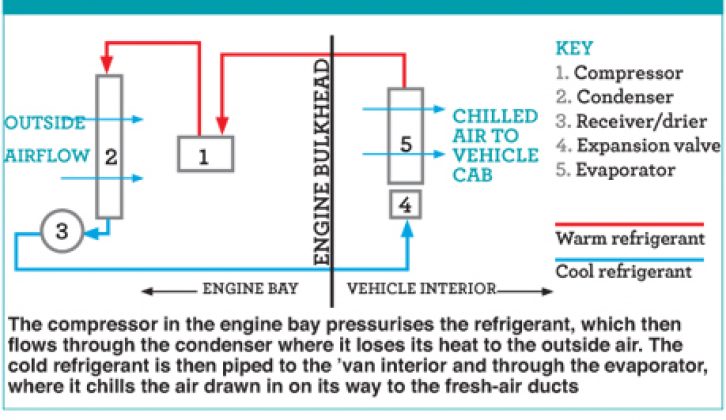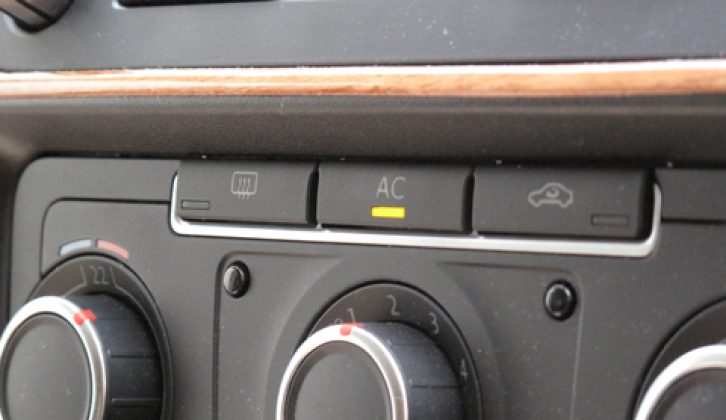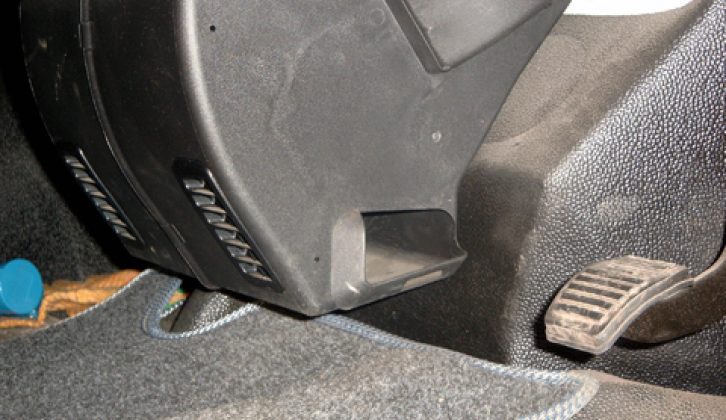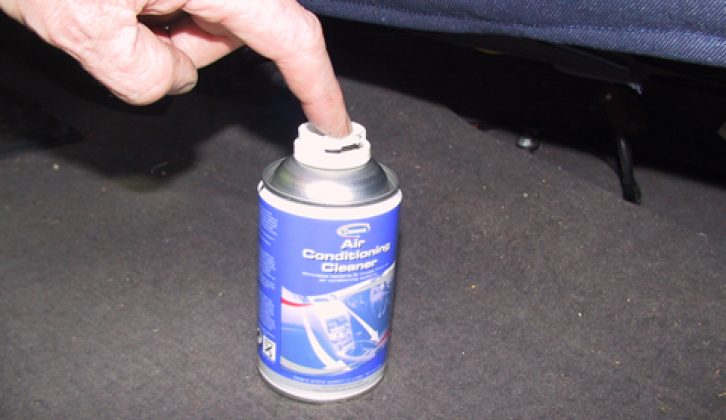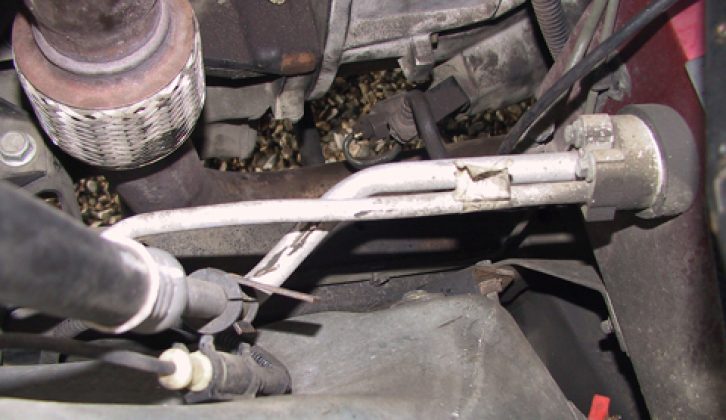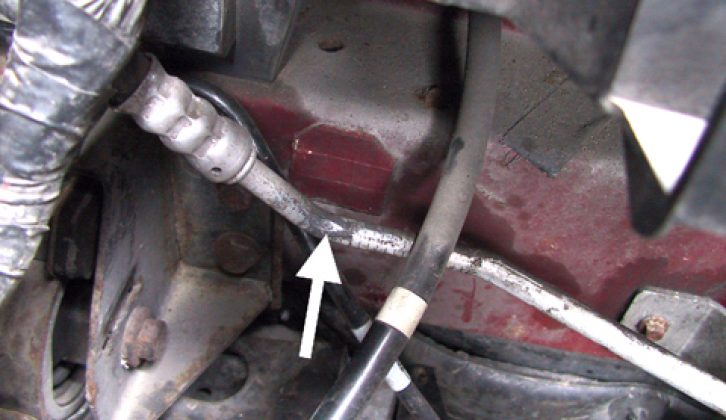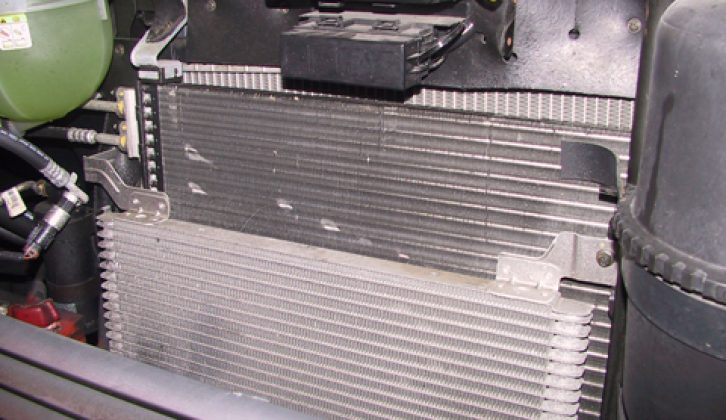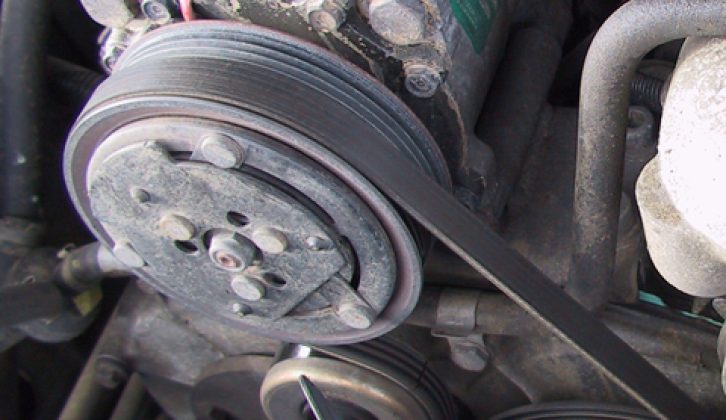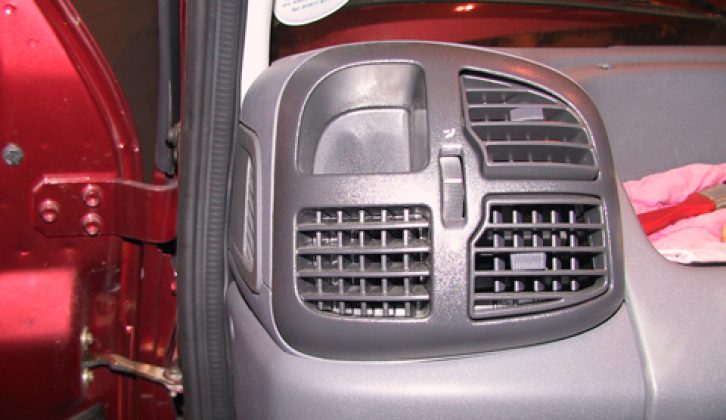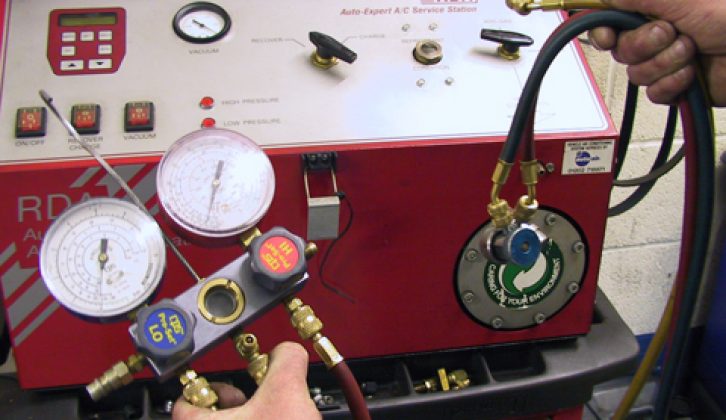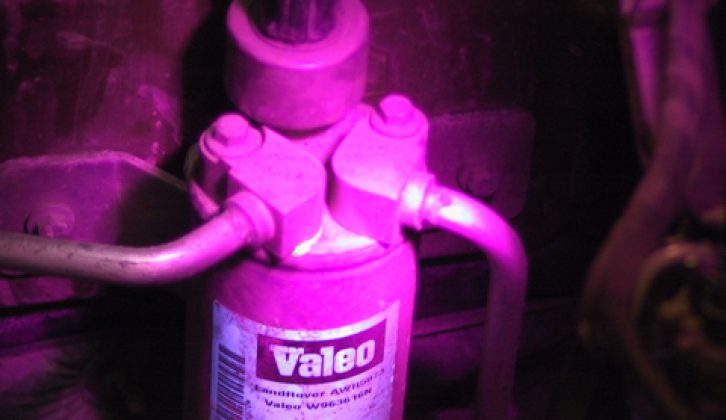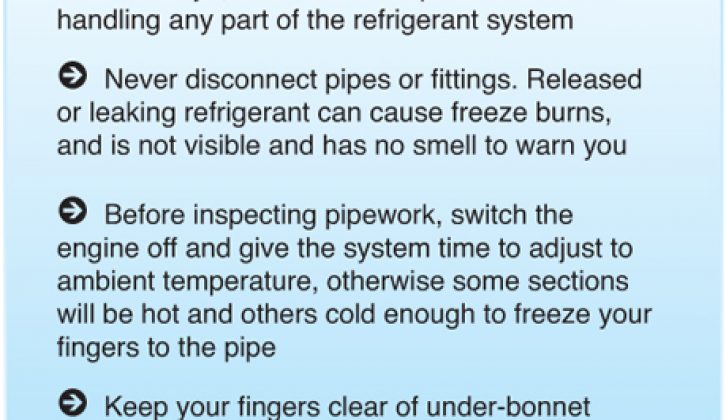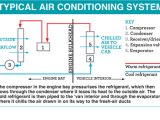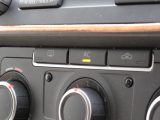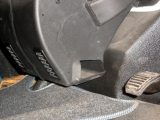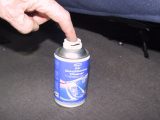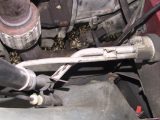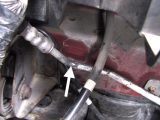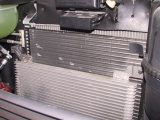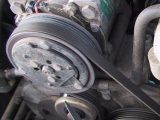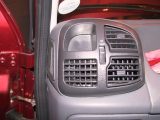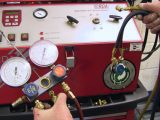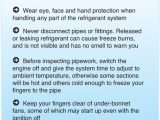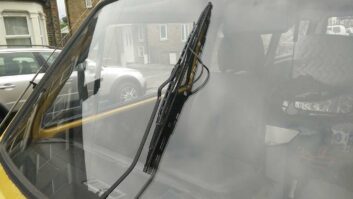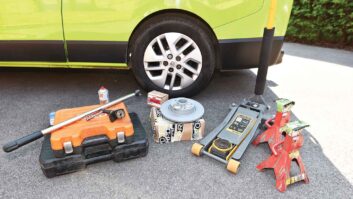Your vehicle’s cab air-conditioning system is a great comforter on hot days, but it also plays a big safety role in helping to prevent driver drowsiness and maintaining a clear, mist-free view through the windscreen. Servicing the system is strictly a specialist job, but we can play our part by making an occasional check of the system, and by using it to the best effect.
HOW AIR CONDITIONING WORKS
[tl:gallery index=1 size=459×293]
AIR-CON PROBLEMS
1. Odour
When the system is first used early in the season, you might notice a foul smell coming from the air vents, especially if the ’van has been laid up over the winter. It’s caused[tl:gallery index=2 size=215×129] by bacterial growth inside the ducting, which can also trigger allergies and flu-like symptoms. It’s easily dealt with by using an aerosol cleaner that’s available from accessory shops. The aerosol can be left discharging while the ventilation system draws the spray through the air vents and ducting.
2. Poor cooling
If the system isn’t cooling the vehicle sufficiently, the refrigerant inside the air-con system may have lost some pressure due to leakage.
A garage with air-conditioning test equipment needs to confirm this by checking the operating pressures, and by withdrawing the refrigerant to check the amount. Leaks (traced using an ultraviolet lamp) are generally caused by a failed seal or a corroded pipe.
From the DIY point of view, it’s always worth checking first whether the condenser (usually mounted next to the radiator in the engine bay) is blocked by leaves or other debris that would restrict air flow through its matrix. Also check that the condenser cooling fan is running – but keep your fingers well clear, even if it is stopped and the ignition switched off.
Refrigerant can leak from seals in pipework joints in the engine compartment, or from cracks in the condenser or in the evaporator, which is usually inaccessible below the dashboard. Metal refrigerant pipes can leak where rust attacks them, or from abrasion if they’ve been vibrating against another part or a loose securing clip. If you’re checking the pipework, be aware that moving a damaged pipe could release pressurised refrigerant, causing freeze burns, so make sure you wear gloves, as well as eye and face protection.
3. Damp carpets in the cab footwell
The air-con evaporator (usually under the dashboard) removes moisture from the incoming air and allows [tl:gallery index=3 size=215×129]the collected water to drain out through tubes to the underside of the vehicle. A tube may have become detached, or the outlet under the vehicle may be blocked, causing water to leak into the cab – poke with wire and/or squeeze the rubber bulb on the outlet to release the water.
General care
Occasionally check that under-bonnet metal pipes remain free of rust, are firmly secured in their support clips and routed to prevent them colliding with moving parts, or vibrating against bodywork or the engine as it naturally moves on its mountings.
The compressor drive belt will be changed if necessary during routine servicing, but a visual check of its condition is worthwhile whenever the bonnet is lifted.
Air-con tips
The air con’s compressor is driven by a belt from the engine and consumes a significant amount of power (if the air con is switched on while the engine is idling, you’ll hear the revs fall due to the extra load, until the injectors admit more fuel to restore the idle speed). So, for best fuel economy, switch the air con off when not needed.
You should use air con in wet weather if the screens and windows are misting up. The air con dries the [tl:gallery index=4 size=215×129]air on its way to the screen vents, so there’s less moisture to condense on the glass. Even if the air conditioning is not needed, it’s important to run the system for ten minutes every two weeks. Doing so will help prevent bacterial growth in the ducting, and will also keep the internal system lubricated and protect the seals, helping to avoid refrigerant leaks.
There is generally no service schedule for an air-con system, but you should ask a trusted garage or air-con specialist to check the system if its performance deteriorates.
A pool of water on the road beneath the cab after parking is completely normal. This is the moisture that the system has removed from the incoming air – it discharges it through a drain tube.
Air con – what you can and can’t do
Foul-smelling bacteria in the [tl:gallery index=5 size=215×129]ducting can be eradicated by using an aerosol cleaner, which also freshens the upholstery.
Air-con refrigerant pipes are easy [tl:gallery index=6 size=215×129]to recognise. They’re silver and approximately 12mm in diameter, sometimes connected to hoses
This refrigerant pipe has leaked [tl:gallery index=7 size=215×129]where the cable passing over it has vibrated and worn a groove (arrowed) – easily prevented by routine checks.
The condenser is mounted right at [tl:gallery index=8 size=215×129]the front, usually with the radiator and oil cooler. Check it remains free of leaves and debris.
The compressor drive belt can be [tl:gallery index=9 size=215×129]checked for damage and that it is at the correct tension.
When the air-conditioning system [tl:gallery index=10 size=215×129]is switched on, save fuel by checking that the vents are open and that all windows are closed.
Dedicated equipment and [tl:gallery index=11 size=215×129]knowledge is essential for servicing and repairing the air-conditioning system – it’s not something you should attempt.
Specialists find leaks by injecting [tl:gallery index=12 size=215×129]a fluorescent dye into the refrigerant and inspecting under ultra-violet light, as seen on this receiver/drier.
[tl:gallery index=13 size=459×526]

